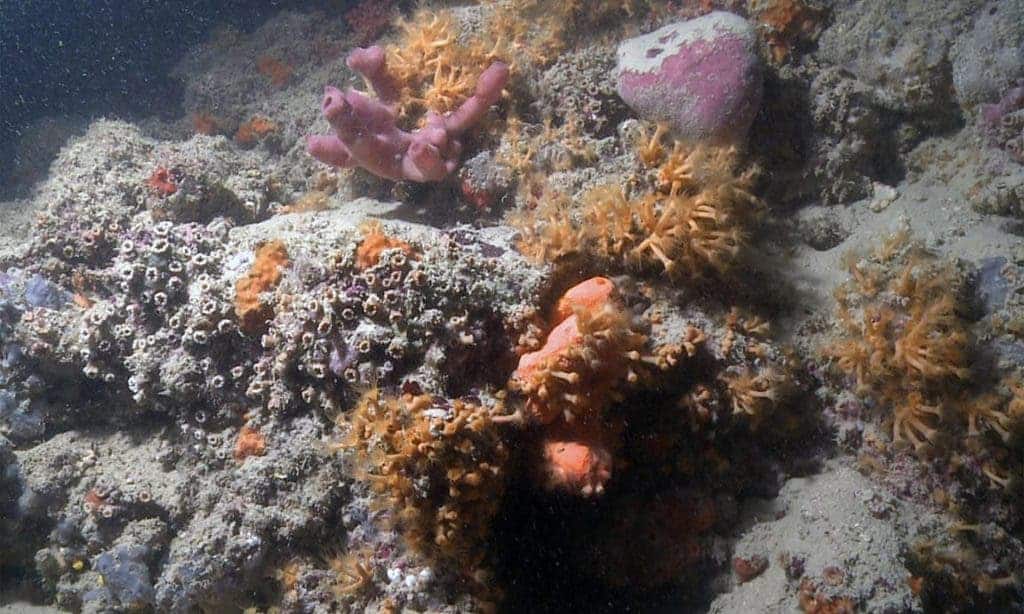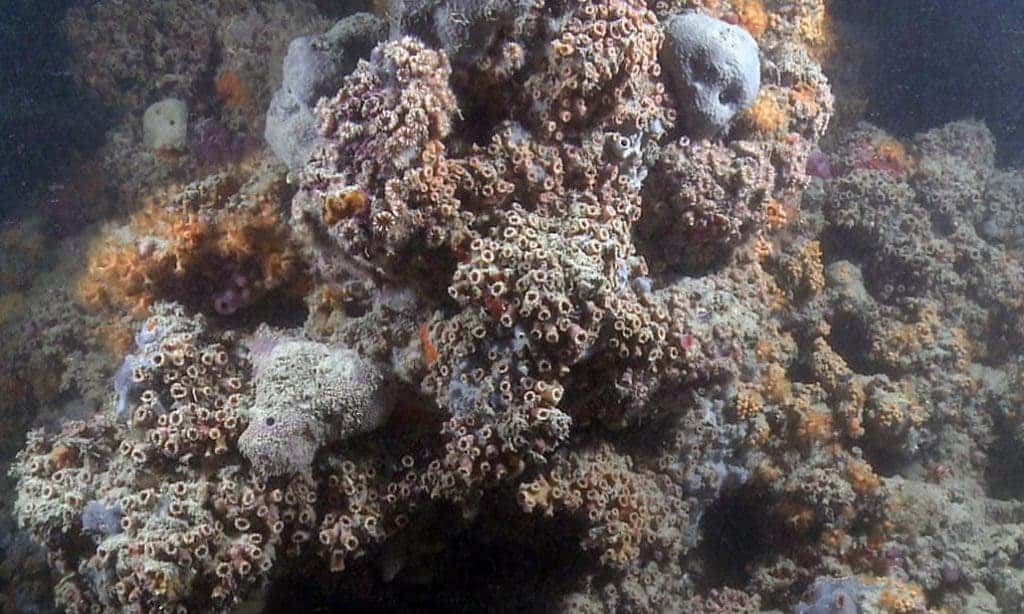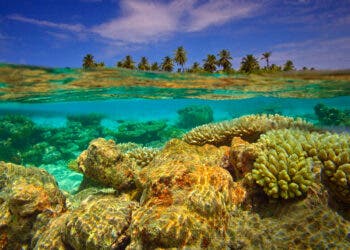Marine biologists have discovered a new coral reef off the Italian coast in the Adriatic Sea, near the popular touristic town of Monopoli, in Puglia. It is the country’s first coral reef and quite unlike most other reefs due to its unique blend of conditions.

Most reefs such as Australia’s Great Barrier Reef or those around tropical areas like the Maldives are vibrantly colored. These sun-soaked reefs owe their dazzling appearance to symbiotic algae called zooxanthellae that capture sunlight and convert it into energy, just like plants, to provide essential nutrients to the corals. In exchange, they have a place to live inside the animal’s body.
However, the new coral reef discovered in Italy is of a different variety. Due to its greater depth, located between 30-55 meters (98-180 feet), the Monopoli reef is mesophotic, meaning it thrives in low light conditions. Instead of photosynthetic organisms, this coral reef is comprised of “non-symbiotic scleractinians”, also known as stony corals. Rather than relying on other organisms for food, the coral obtains nutrients from suspended organic matter floating around the murky Adriatic sea.
“The species composition of the benthic community showed a marked similarity with those described for Mediterranean coralligenous communities and it appeared to be dominated by invertebrates, while calcareous algae, which are usually considered the main coralligenous reef-builders, were poorly represented. Overall, the studied reef can be considered a unique environment, to be included in the wide and diversified category of Mediterranean bioconstructions,” the authors wrote in their study published in the journal Scientific Reports.

Since it doesn’t incorporate algae, Italy’s only known coral reef doesn’t have as many of the colored pigments typically found in other reefs with algae. But that doesn’t make it any less spectacular or appealing to marine life.
“Our barrier lives in dim light and therefore the madrepores constitute these imposing structures of calcium carbonate with the absence of algae,” Professor Guiseppe Corriero, lead author of the new study, told La Gazzetta del Mezzogiorno.
Researchers estimate that the reef covers about two and a half kilometers, but it could very well extend for tens of kilometers along the eastern coast. In the future, they plan on performing more dives in order to find the true extent of the reef.
Coral reefs around the world are threatened by a phenomenon known as coral bleaching caused by warming seas that kill zooxanthellae. Although the newly identified reef does not have symbiotic algae, it is still a fragile ecosystem. This is why Italy’s Regional Council of Puglia is planning to declare the reef a marine protected area.






